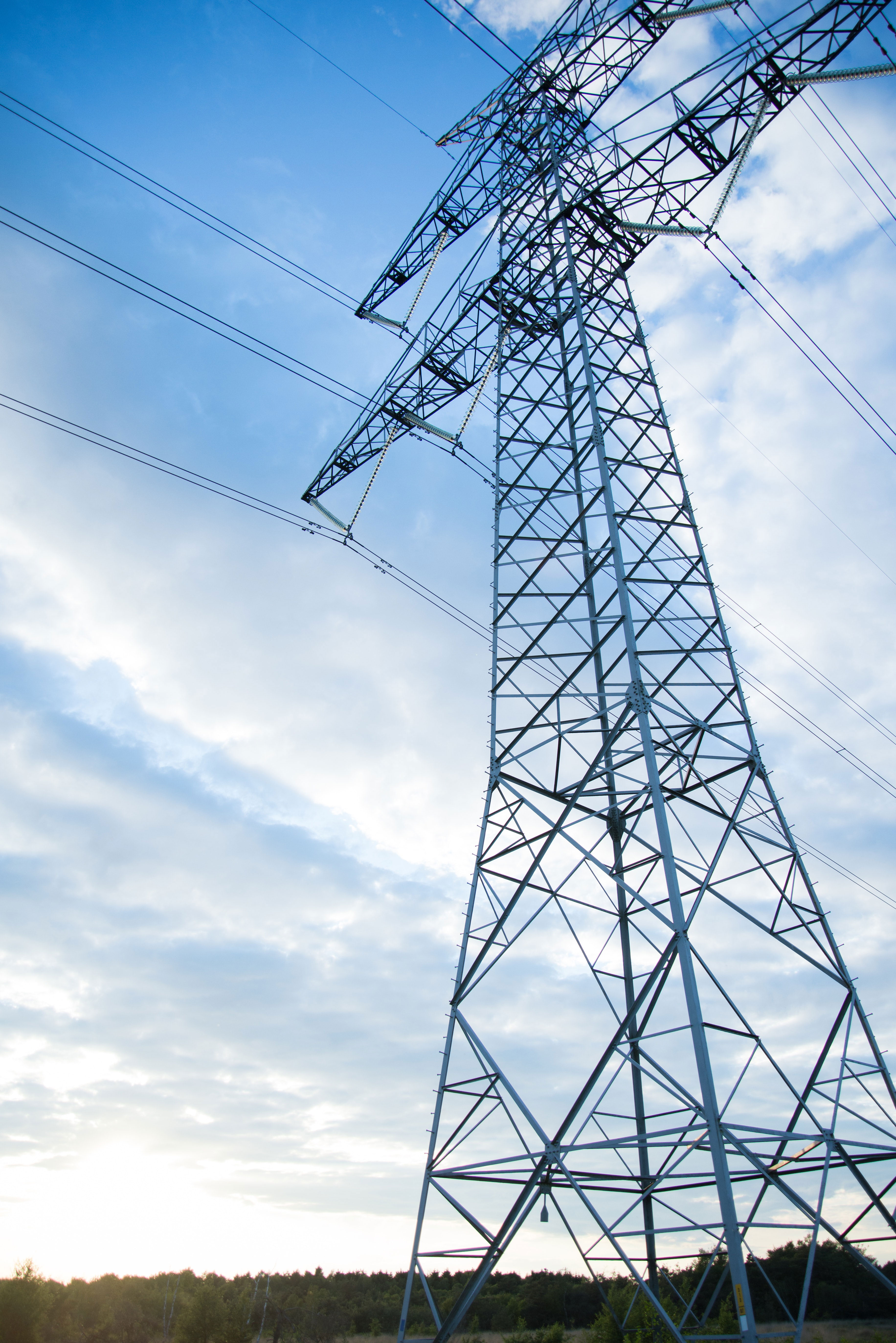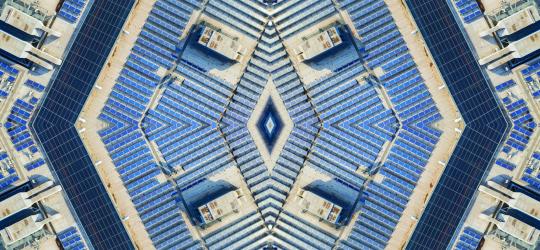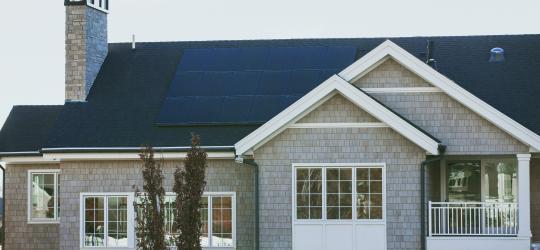| FIMER Australia | |||
|---|---|---|---|
 |
 |
 |
 |
| FIMER for home | FIMER for business | FIMER for installers | About FIMER Australia |
Thinking of getting solar for your home?
Solar for the home, business and community is becoming more and more popular in Australia and New Zealand, and the trend isn't changing anytime soon. At the end of 2020, 21% of Australia's homes have rooftop solar, which is 2.66 million rooftops.
Unfortunately, it's not as simple as putting some panels on your roof, and you're away. In this article, we will cover several things you should consider when looking at solar.
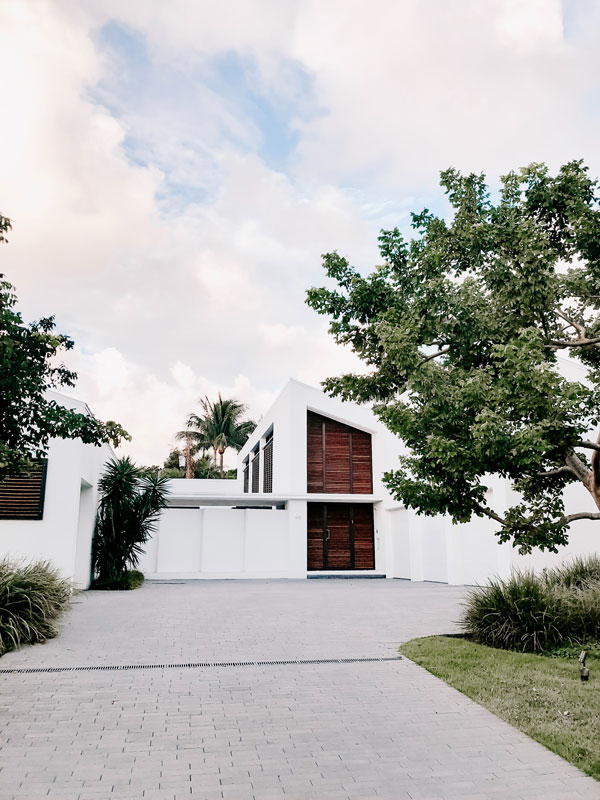
Solar and your home
It may be surprising to some, but unfortunately, not every home is suitable to have solar installed. Some examples where you will find installing solar will come with challenges or performance issues:
- Roofs with complicated designs or obstructions will limit the space available for solar panels to be correctly installed. Think, chimneys, skylights, pipes, aerials and other solar infrastructure (hot water or pool heating).
- The construction and material of your roof. If you have a roof made from asbestos or an aging roof where you have old tiles or a rusted metal roof, you may need to look at replacing or repairing your roof before looking at solar.
- You have a south-facing roof or a roof that has a lot of shading issues. For solar to work efficiently, you do need the full power of the sun. Having a roof that doesn't face the sun or having a roof with a lot of shade from trees or other structures can reduce the performance and return of investment.
If you are not sure whether your home is suitable, it's essential that you talk through this with an experienced and accredited solar installer. They should come to your property for a site visit to provide personalised advice and design a solar solution that suits your home and needs.
Solar and your energy usage
One of the things you will be asked to provide when speaking with a solar installation company is information about your current energy consumption. You can find this on your energy bill, but make sure to consider the whole year, not just one quarter – as you may find your energy consumption in summer or winter is higher than spring or autumn.
Knowing this will help gauge what system size you will need.
It is also is useful to consider how much energy you use during the daytime and at night. If you and your family are away from home all day and you can't sell energy back to your energy provider (feed-in tariff) at a reasonable rate or at all, solar by itself might not be an option and you might need to consider a battery like our country manager did.
It's also worthwhile making a note of any high energy consumption appliances or equipment you run at your home. These could be timed devices such as pool pumps or an electric hot water system. You will notice a huge difference in your electricity bill by making sure they run during the day when you are generating the most renewable energy from your solar PV system.
But by knowing your energy usage, an accredited installer will advise you on the best system size to meet your needs and budget.


Solar and your budget
As soon as you start considering solar, your Facebook or Instagram feeds will start showing you many solar ads from solar retailers out in the market. These ads will likely show a really cheap solar system, but don't set your budget expectations based on these prices.
The cost of the initial solar investment will vary on many factors such as:
- Where you live
- Government rebates and other incentives
- Quality of installation
- The components of the system (panels, inverter, framing equipment etc.)
- The complexity of the job (ie. Heights, and accessibility)
- Warranties on offer
- After-sales service agreements
The Clean Energy Council's website provides an excellent indication of how much a solar system might cost a household.
By choosing a quality installer and quality components you will ensure that you consistently save money on your electricity bills over the life of your system, which could be up to 20 years. Choosing the cheapest system may cost you more in the long run if the installation or equipment isn't up to scratch and it fails after only a few years.
Solar and the installer
There are hundreds of fantastic installers and retailers throughout Australia that will provide an exceptional service who have been operating for many years. However, there are many 'solar cowboys' or companies who don't have the homeowner's best interests at heart, and when things go wrong, you may be looking at paying more to fix something.
You may come across a solar retailer or independent solar installers. Solar retailers will likely have a sales team, complete more installations, have larger crews and be likely to offer better rates as they can buy their materials in bulk.
Independent solar installers will likely be a smaller operation, and they will likely send the installer to come and quote the job and then install it rather than a salesperson.
Both have their pros and cons, but make sure they have a Clean Energy Council accreditation and that the installer is accredited and insured. You can find a search tool here.

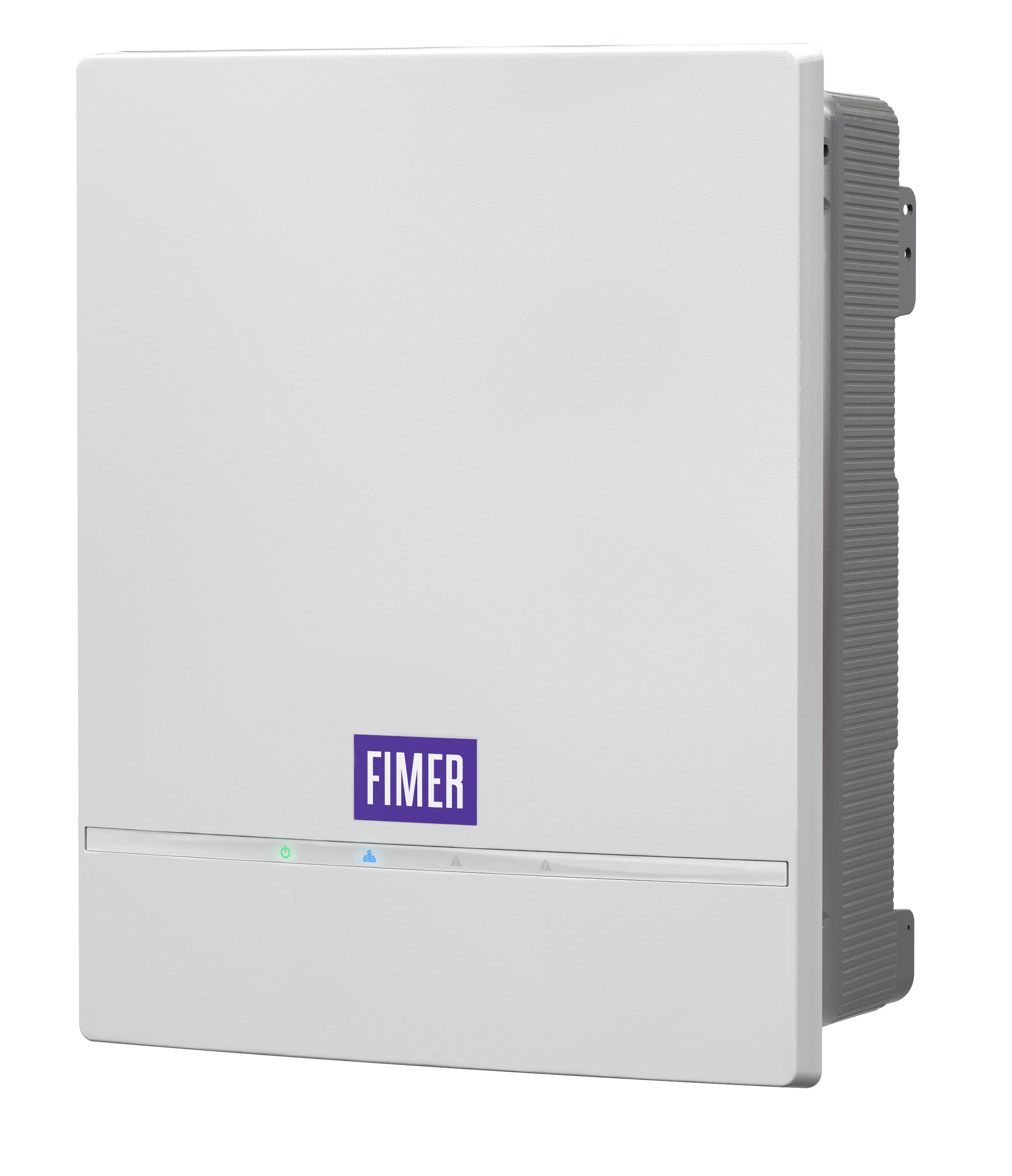
Solar and the components
There are many choices of components out in the market, which can be confusing for anyone. There are many parts that make up a solar system, but two key things to look into is the inverter and smart energy meter.
The inverter will take the energy captured by the sun and convert it into energy for your home or send it back to the grid. It is the working horse of the system and if it fails you will not be able to generate any energy for your home. That's why it's essential to choose a brand that has been in the industry for a long time, offers a long comprehensive warranty that protects you, high-quality products and local support. Read this article on the different types of inverters in the market.
Adding a smart energy meter to your system will enable you to monitor your energy consumption 24/7 – which is a fantastic way to ensure you utilise as much of your own energy as possible. Most inverters will have their own compatible smart energy meter and will generally cost a few hundred dollars only. Read this article to learn more about consumption monitoring.
Solar and your electricity bill
By installing a solar system, you will still likely have electricity bills to pay, most likely during the winter months. The change in bill size will depend on how much energy you use during the day and how much excess energy you export to your energy retailer at a good feed-in tariff rate. If you are away from home all day and don't have any appliances (like washing machines/pool pumps etc.) scheduled to run, plus aren't able to export or have a low feed-in rate – then you might not see much improvement in your electricity bill.
With a solar only system, any energy being used at your home during the evening will come from the grid. Consumption monitoring will allow you to understand how high your consumption is at night, and you can find ways to reduce your energy usage by shifting loads where possible to the day.
The only way to minimise your energy bills is to look at installing a battery solution. This will enable you to charge the batteries during the day and use this stored energy in the evening.
You will still have small fees from your energy provider, but you will see a dramatically reduced bill overall with solar and batteries.
